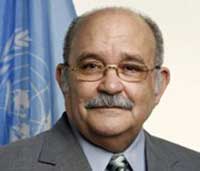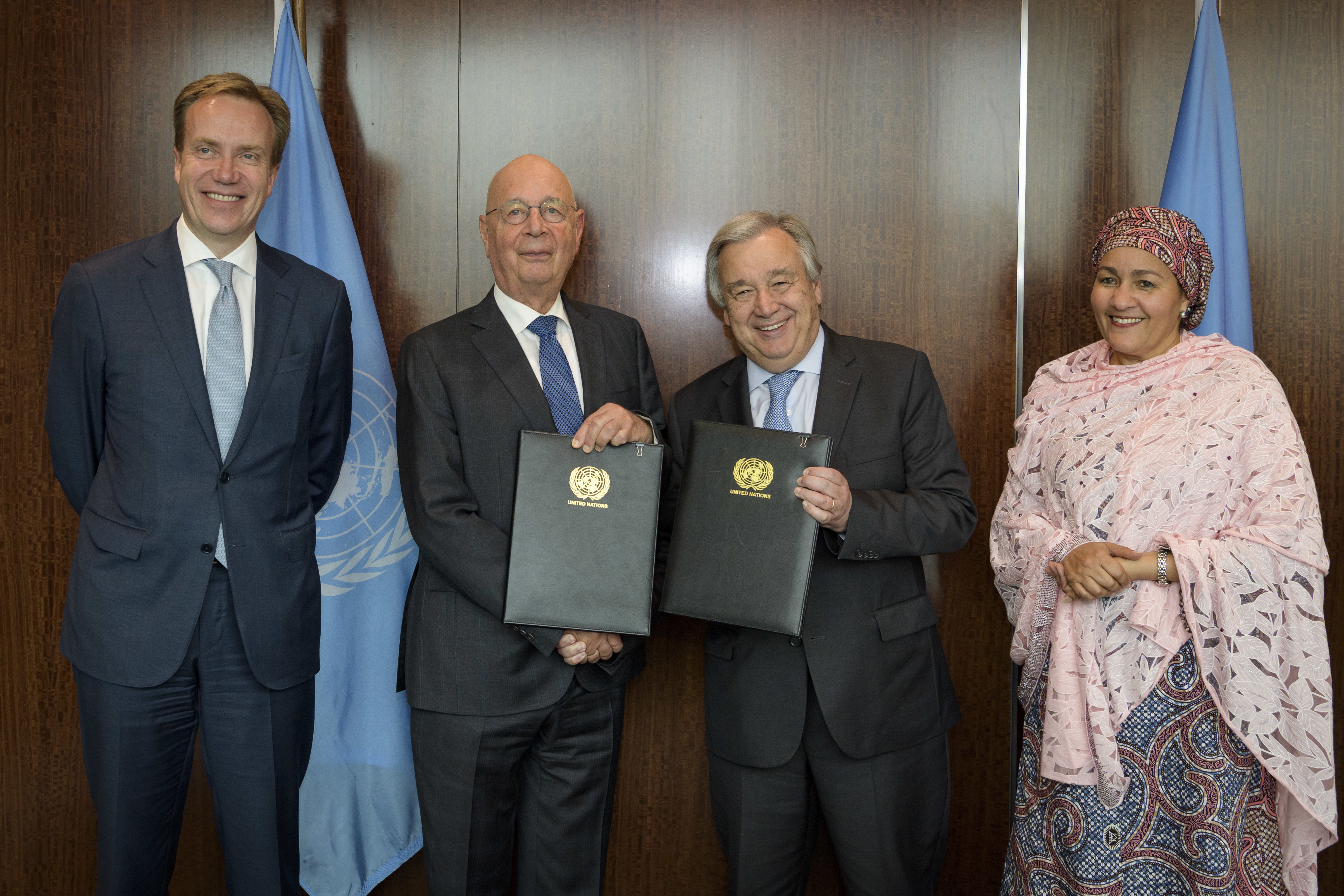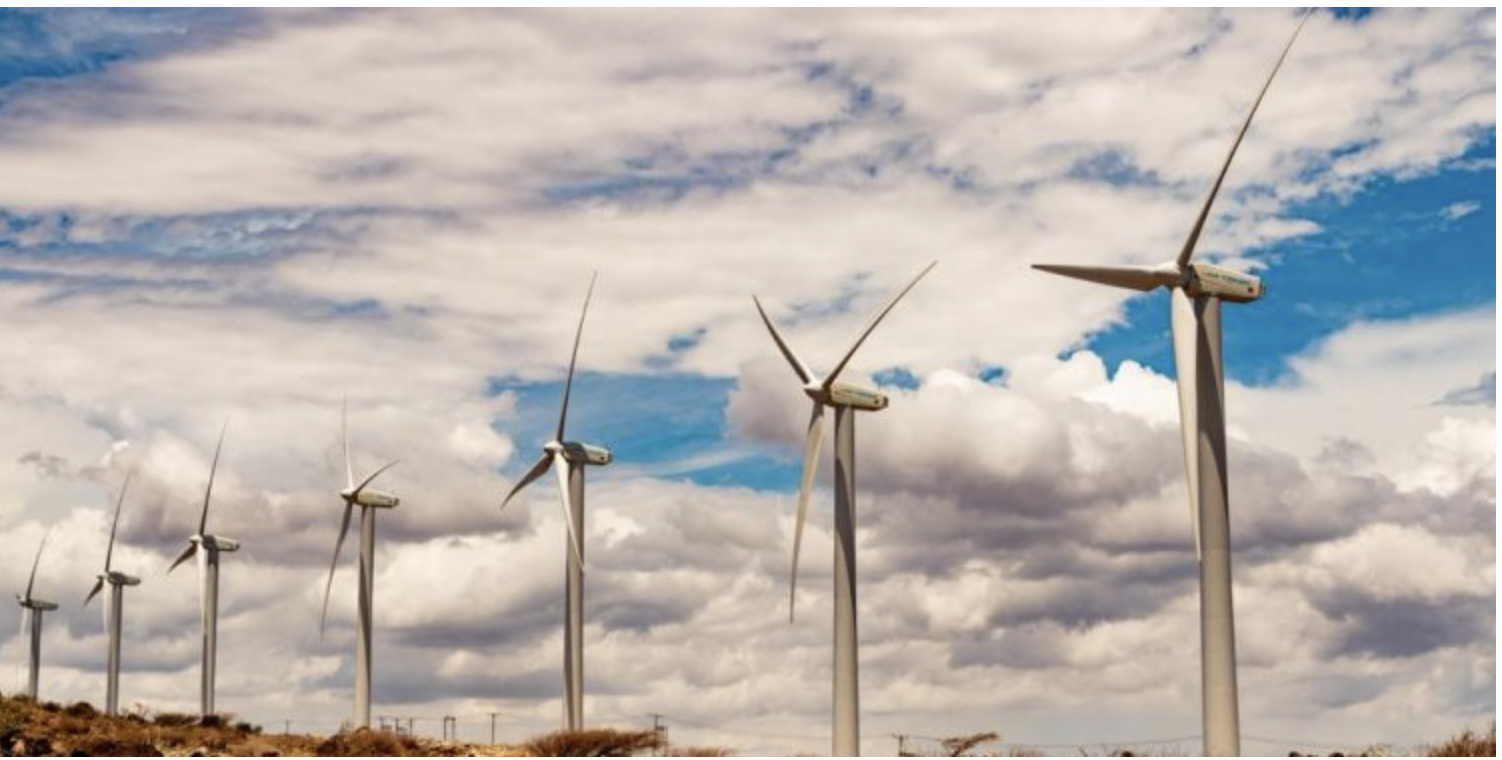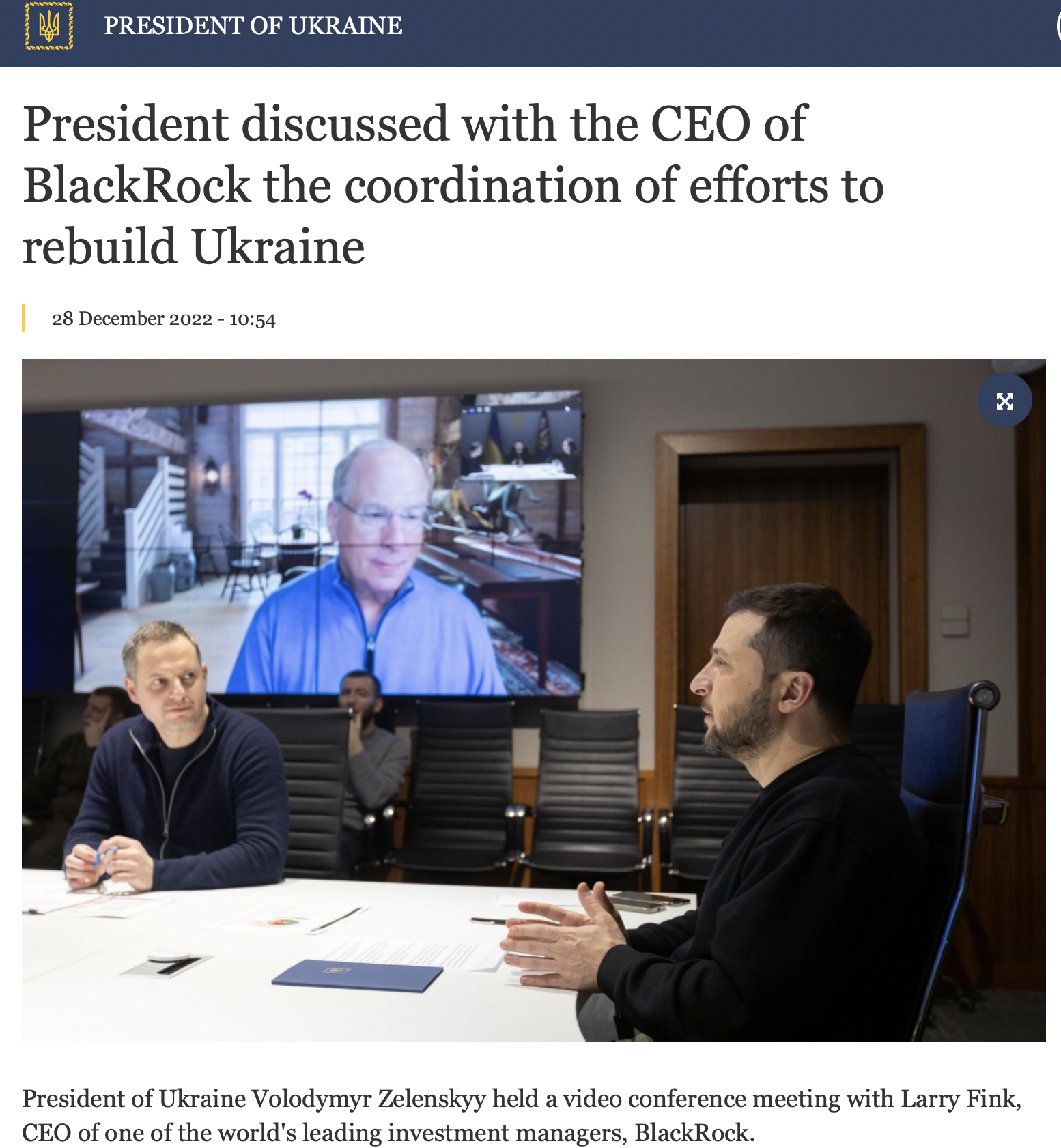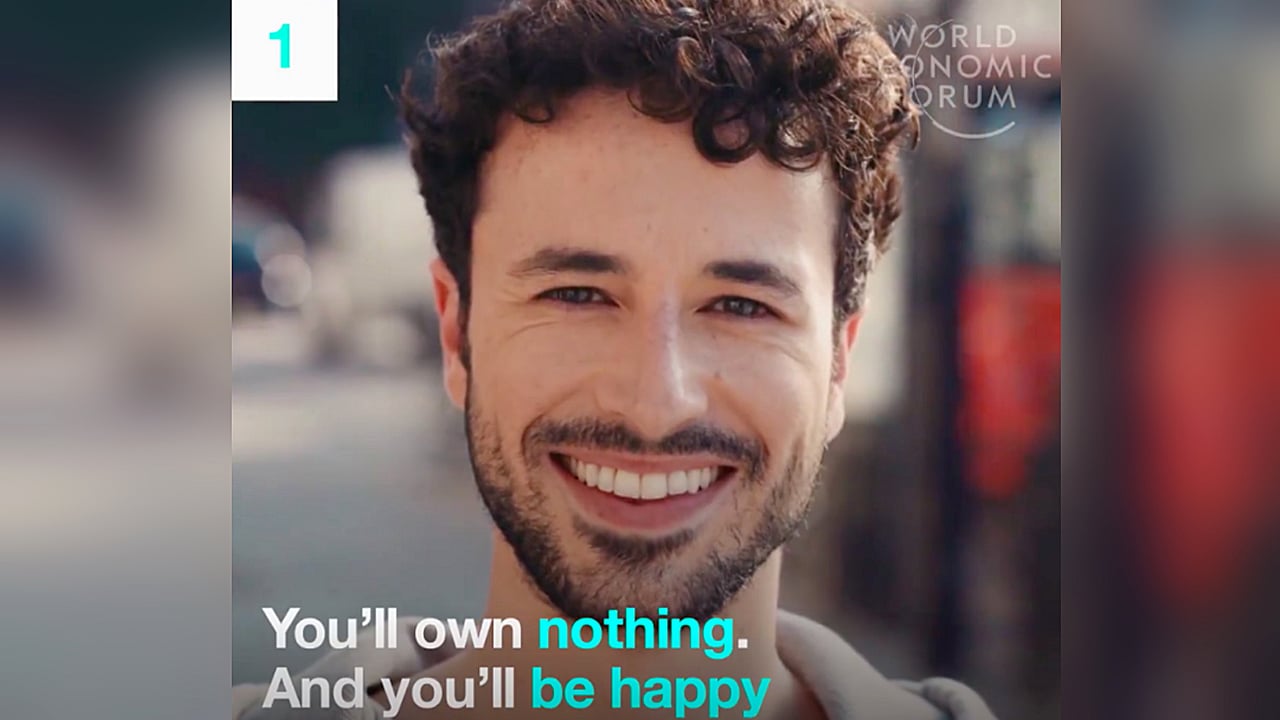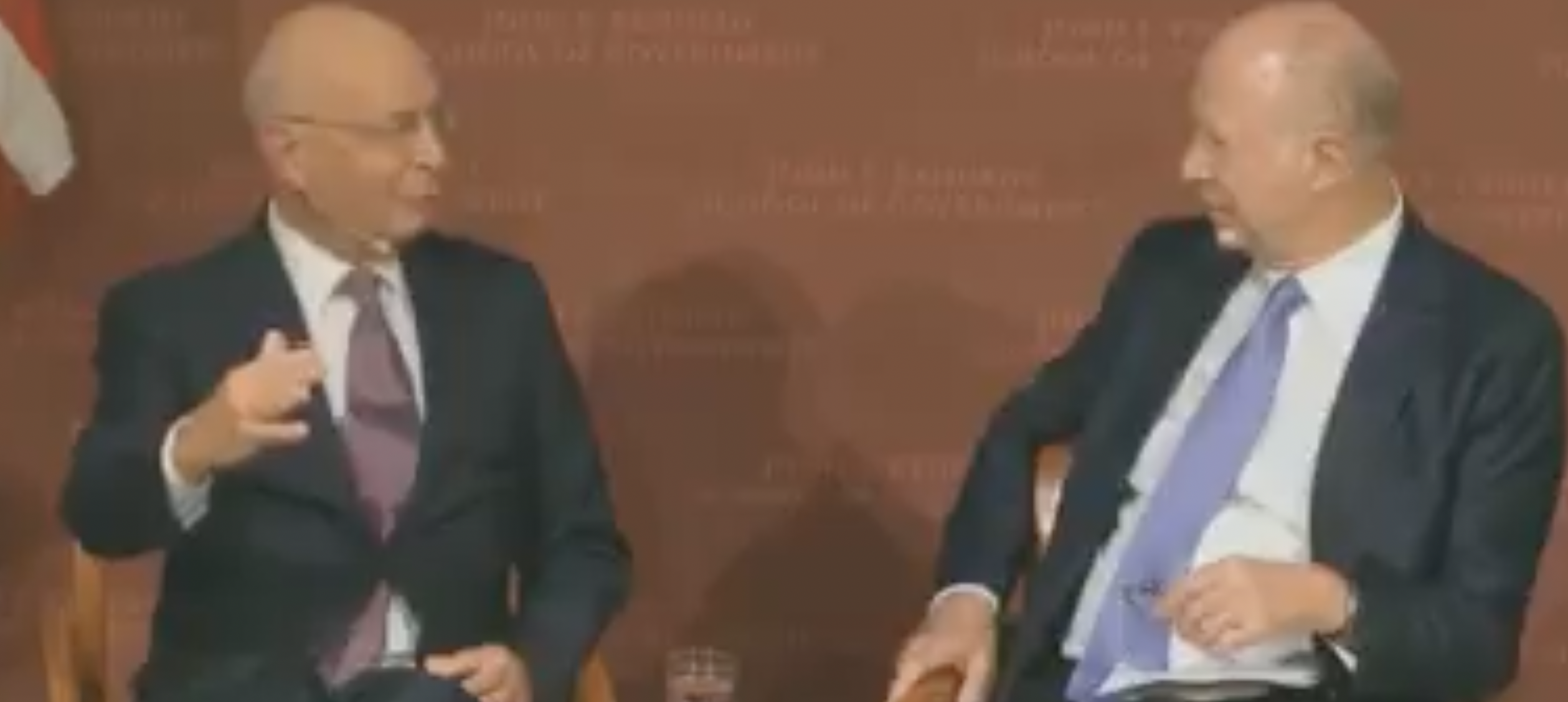‘We’re All Plastic People Now’: “Plastics are Everywhere”, A Groundbreaking Documentary
June 4th, 2024 by Dr. Joseph Mercola
All Global Research articles can be read in 51 languages by activating the Translate Website button below the author’s name (only available in desktop version).
To receive Global Research’s Daily Newsletter (selected articles), click here.
Click the share button above to email/forward this article to your friends and colleagues. Follow us on Instagram and Twitter and subscribe to our Telegram Channel. Feel free to repost and share widely Global Research articles.
Global Research Wants to Hear From You!
***
The documentary film “We’re All Plastic People Now” delves into how we have become the embodiment of the trash we created. Director Rory Fielding had four generations of his family’s blood tested for plastic-derived chemicals and found alarming results
Many of the chemicals used to make plastic are endocrine disruptors, which mimic, block or interfere with your natural hormones, causing problems in various physiological functions, such as growth, metabolism and reproduction
Some endocrine-disrupting chemicals are also considered estrogenic carcinogens, which mimic the effects of estrogen in the body, thus increasing your risk of estrogen-sensitive cancers
Vote with your pocketbook and get your national and local government involved to catalyze changes in plastic use. More tips below on how to reduce your microplastic exposure are included
*
A plastic straw, a bottle of water, a plastic bag from the grocery — these single-use plastics seem so innocuous that people barely give them a second thought before tossing them out. Unfortunately, the development of this throwaway culture has contributed to the mounting burden of plastic waste that threatens the environment, wildlife and our very own bodies.
Discarded plastics are made primarily from petrochemicals1 and degrade into microscopic fragments called microplastics, which lurk everywhere, from the depths of our oceans to the food we eat and the air we breathe. It’s a sobering reality underscored by the Emmy Award-winning documentary featured above, “We’re All Plastic People Now.”
Plastic Pollution Has Become a Generational Burden
Produced and directed by Rory Fielding, “We’re All Plastic People Now” delves into how we have become the embodiment of the trash we created. It’s introduced by actor and ocean preservationist Ted Danson and featured at the 2024 Santa Fe Film Festival.2
While the film briefly illustrates the devastating impacts of microplastics on marine life, particularly sea turtles found with plastic-filled stomachs, it dives deeper into a more disturbing truth — humans are not separate from plastic pollution.
As David A. Davis, Ph.D., a researcher from the University of Miami who’s featured in the film, aptly puts it, “Water is life, so if the water is polluted and we have sentinel species like dolphins and sea turtles, if they’re also sick, we can anticipate that we’ll be sick, too.”
Studies have detected microplastics in human tissues, including the brain,3 lungs,4 kidney, liver5 and heart,6 as well as in human blood7 and stool.8 Even babies are exposed to microplastics starting from their mothers’ placenta to the breast milk they rely on for nourishment.9
Dr. Antonio Ragusa, the study’s lead researcher on microplastics in the placenta and one of the featured experts in the documentary, bluntly referred to humans as “cyborgs” because our bodies are no longer purely biological but have become part plastic.
This assertion is further confirmed in the film as Fielding had four generations of his family’s blood tested for plastic-derived chemicals. Their blood samples were submitted to Rolf Halden, Ph.D., an environmental engineer from Arizona State University. According to Halden’s analysis, Fielding and his family carry over 80 different chemicals in their body. He further explains:
“What we detected in the blood of all these participants are precursors of plastics, plastic constituents themselves, as well as degradation products of consumer plastics. These chemicals are known to be carcinogens, endocrine-disrupting chemicals, obesogens and neurodegenerative agents.”
Endocrine-Disrupting Chemicals Can Make Your Body ‘Go Awry’
Many of the chemicals used to make plastic are endocrine disruptors. As microplastics circulate in your body, they carry these chemicals and distribute them to your cells and tissues, where they can pose significant harm to your health. Dr. Leonardo Trasande, a pediatrician and director of the Center for Investigation of Environmental Hazards at New York University, noted in the film:
“We live in a world where we’re still not as aware of endocrine-disrupting chemicals as we should be. We’re talking about our natural hormones, our molecules that orchestrate all sorts of signaling of basic bodily functions, maintaining a healthy temperature, good metabolism, salt, sugar and even sex.
When we’re talking about endocrine-disrupting chemicals, we’re talking about synthetic chemicals that hack those molecular signals and make things go awry in the human body.”
Some of the endocrine-disrupting chemicals (EDCs) found in microplastics include bisphenol A (BPA), phthalates and polychlorinated biphenyls (PCBs). By mimicking, blocking or interfering with your natural hormones, EDCs can disrupt the function of your endocrine system, which leads to problems in various physiological functions such as growth, metabolism and reproduction.10
Some EDCs are also considered estrogenic carcinogens. Also known as xenoestrogens, these chemicals can mimic the effects of estrogen in the body.11 This results in abnormal stimulation of estrogen receptors, which then promotes cell proliferation and potentially contributes to the development and progression of estrogen-sensitive cancers, such as breast cancer12 and endometrial cancer.13
Another form of EDC found in microplastics is PFAS (per- and poly-fluoroalkyl substances), a group of about 5,000 ubiquitous chemicals in consumer products and used in industrial, electronic, firefighting and medical applications. They’re also known as “forever chemicals,” as they do not degrade naturally, persist in the environment and accumulate in people and wildlife.14
In the featured documentary, John Hocevar, director of Greenpeace Oceans Campaign, states, “PFAS chemicals can give us cancer … and they can damage our immune systems. PFAS can also interfere with fetal development, and they can harm our hormonal and reproductive systems.”
Can Plastics End the Future of Humanity?
In the documentary, Shanna Swan, Ph.D., a professor from Mount Sinai Hospital, sheds light on her research on phthalates, which she believes is one of the major culprits behind the decline in sperm count in the last 50 years. She purports that exposure to these chemicals causes phthalate syndrome, a condition wherein the male reproductive organs and fertility are affected depending on their mother’s exposure to phthalates while they’re in the womb. She explains:
“What [phthalates] are doing is they’re lowering testosterone. Initially, male and female have the same genital ridge … Around early first trimester, there starts to be differentiation of the males and females. All that’s happening very fast in early pregnancy, and that needs testosterone to be there at the right time and the right amount …
If the testosterone doesn’t come on board at the right time and there isn’t enough of it … let’s just say we call those males incompletely masculinized. And in the females, if testosterone gets in there when it shouldn’t or more than should be there, then the female starts producing more male-like genitals.
So, what you’re seeing is a decreasing of sex differences. So, the male becomes less completely a male, the female less completely a female.”
Halden further emphasizes the potential implications of the trend of decreasing sperm counts and loss of fertility, cautioning that we could be “playing with the future of humanity.”
“Essentially, we are allowing chemicals like plastic chemicals into our family planning,”Halden adds. “They [plastic chemicals] decide whether there is life or not. We don’t want to give more voting rights to chemicals as we plan in the future.”
Dr. Ragusa echoes this sentiment, stating, “Plastic can be the future for big oil companies. But not for us, not for humanity. For humanity, plastic is the end of the future.”
A Battle for Change in Southern Louisiana’s Cancer Alley
In an 85-mile stretch of land between New Orleans and Baton Rouge is an area known as “Cancer Alley.” In the area there are over 150 plastic plants and chemical industries. The cancer rates in this area are 50 times higher than the national average.15
The pervasive presence of estrogenic carcinogens in the surroundings likely contribute to these numbers. Moreover, exposure to plasticizers is also associated with oxidative stress, inflammation and DNA damage,16 all of which are also mechanisms of carcinogenesis.
Sharon Lavigne, founder of Rise St. James in Louisiana, lives in the middle of Cancer Alley. She shared that their community used to have beautiful trees before 19 petrochemical plants were built to replace them, with 12 of them located near Sharon’s home.
“I lost my sister-in-law [to] cancer. I lost my neighbor on both sides of me [to] cancer. We had so many people dying, it made me wonder what was going on …” Sharon says. “I felt like if another industry would come in here, it would be a death sentence for St. James [Parish].”
Her personal experience spurred her on to fight against further industrial expansion in her community. The documentary features how their group’s efforts successfully prevented the construction of what would’ve been the world’s largest plastic plant in their hometown.
Profit From Plastic Is Prioritized Over Public Health
Despite the mounting evidence of the dangers caused by microplastics, the industry is still planning to expand plastic production. According to Christy Leavitt, the plastics campaign director of Oceana, a nonprofit organization dedicated to ocean conservation:
“We’ve seen, over the last couple of decades, the amount of plastic production has increased rapidly, and so too has all of the plastic pollution … They’re looking towards a world where not only do we have the current amount of plastic that’s out there, but they want, in fact, triple the amount of that.”
She also revealed that recycling is no longer going to be enough to address the worsening plastic crisis. Halden elaborates on the economic challenges of recycling plastics, explaining that while the plastic industry’s narrative promotes recycling, it’s actually far more economical for them to produce virgin plastic.
The production of cheap plastic from fossil fuels is also being incentivized, causing companies to produce new ones instead of recycling. As for the logistic issues, Halden presented data from BeyondPlastics.org:17
“The things that we carry into recycling centers are only a small fraction of the overall plastic mass that we’re using. In past years, only about 9% of plastics actually arrived at recycling centers. Today, it’s only 5% of all the plastics that we make and consume.
But that’s not where the bad news ends because when the plastics arrive at the recycling center … they just put the plastic in a barge and ship it to a country that doesn’t have a solid waste disposal system. So, it ends up in the landfill, blows into the ocean and comes right back in our food.”
Moreover, NPR news correspondent Laura Sullivan, who also appears in the documentary, found internal documents revealing a stark contrast between the oil industry’s million-dollar promotion of plastic and recycling and its private doubts about the feasibility and cost-effectiveness of large-scale recycling initiatives.18
It’s Not Too Late to Address the Plastic Crisis
Toward the end of the documentary, the featured experts and environmental activists shared a similar sentiment — there is still hope for reducing plastic pollution and safeguarding the health of future generations.
According to Halden, it’s not the first time humanity has endangered our future with what we thought were innovative industrial advances, yet we’ve come up with solutions to mitigate the dangers before they completely destroy our planet. “Plastics is the next big challenge for us,” he declares positively.
Hocevar notes that the plastic problem has a very simple solution: We should just stop producing so much of it. One way to achieve this is by voting with your pocketbook. As Dr. Ragusa pointed out in the film, the major producers of plastics right now are big food and beverage manufacturers.
Refusing to buy their products can urge these companies to take accountability and change their plastic use. It will also go a long way toward reducing your own plastic waste. Leavitt highlighted the importance of getting the state and local government involved as well, “so that they’re actually requiring companies to change the way that single-use plastics are produced and used.”
Progesterone Can Help Lower Plastic Estrogen Toxicity
Plastics are xenoestrogens and much of their danger is related to their stimulation of estrogen receptors, so another effective strategy that can help counteract estrogen excess is to take trans mucosal progesterone (not oral or transdermal), which is a natural estrogen antagonist. Progesterone is one of only four hormones I believe many adults can benefit from. (The other three are thyroid hormone T3, DHEA and pregnenolone.)
I do not recommend transdermal progesterone, as your skin expresses high levels of 5-alpha reductase enzyme, which causes a significant portion of the progesterone you’re taking to be irreversibly converted primarily into allopregnanolone and cannot be converted back into progesterone.
As a general recommendation, I recommend taking 25 to 50 mg of bioidentical progesterone per a day, taken in the evening one hour before bed, as it can also promote sleep. For optimal bioavailability, progesterone needs to be mixed into natural vitamin E. The difference in bioavailability between taking progesterone orally without vitamin E and taking it with vitamin E is 45 minutes versus 48 hours.
Simply Progesterone by Health Natura is premixed with vitamin E and MCT oil. You can also make your own by dissolving pure USP progesterone powder into one capsule of a high-quality vitamin E, and then rub the mixture on your gums. Fifty milligrams of powdered progesterone is about 1/32 teaspoon.
Do not use synthetic vitamin E (alpha tocopherol acetate — the acetate indicates that it’s synthetic). Natural vitamin E will be labeled “d alpha tocopherol.” This is the pure D isomer, which is what your body can use.
There are also other vitamin E isomers, and you want the complete spectrum of tocopherols and tocotrienols, specifically the beta, gamma, and delta types, in the effective D isomer. As an example of an ideal vitamin E you can look at the label on our vitamin E in our store. You can use any brand that has a similar label.
If you are a menstruating woman, you should take the progesterone during the luteal phase or the last half of your cycle which can be determined by starting ten days after the first day of your period and stopping the progesterone when your period starts.
If you are a male or non-menstruating woman you can take the progesterone every day for 4-6 months and they cycle off for one week. The best time of day to take progesterone is 30 minutes before bed as it is has an anti-cortisol function and will increase GABA levels for a good night’s sleep.
Please note that when progesterone is used transmucosally on your gums as I advise, the FDA believes that somehow converts it into a drug and prohibits any company from advising that on its label. However, please understand that it is perfectly legal for any physician to recommend an off-label indication for a drug.
In this case progesterone is a natural hormone and not a drug and is very safe even at high doses. This is unlike synthetic progesterone called progestins that are used by drug companies, but frequently, and incorrectly referred to as progesterone, which are dangerous and should never be used by anyone.
What Else You Can Do to Lower Your Plastic Load
Plastic has become a huge part of our everyday life, but it doesn’t have to be that way. While it may seem hard to avoid, there are many ways you can reduce your plastic use to help protect the environment and your health. Here are some strategies to get you started:
Avoid water in plastic bottles — In the documentary, Halden referred to water bottles as a time bomb, as they expose you to microplastics with every sip. If you do need to buy bottled water, choose products in glass bottles, which can be reused as well.
Filter and boil tap water — With microplastics contaminating our waterways, it’s important to avoid drinking water straight from the tap. Make sure your home has a good water filtration system to filter out these particles. If you have hard tap water in your area, boil it before using it for drinking or cooking, as research shows boiling for five minutes helps remove up to 90% of microplastics in the water.19
Always opt for reusable alternatives — Avoid single-use plastic items like disposable straws, plastic bags and disposable plastic food and beverage packaging. Instead, choose reusable alternatives that are made from safer materials, such as glass, metal or paper.
Never microwave food in plastic containers — Heat causes the chemicals in plastic to leach into the food, so use glass or ceramic containers for microwaving.
Choose clothes made from natural fibers — Choose organic clothing and other textile products, such as those made from cotton, hemp, silk, wool or bamboo. Synthetic fabrics like polyester shed microfibers and xenoestrogens. If you do buy clothes made from synthetic fiber, wash them less frequently and use a microfiber filter in your washing machine to trap synthetic fiber and prevent them from entering the waterways.
Look for all-natural personal care products — Some makeup, skincare and body care products contain microbeads and plastic particles. Opt for all-natural, food-grade products to avoid risking your health.
Reduce, reuse and recycle whenever possible — Even though it’s revealed in the documentary that recycling alone may not be enough to tackle our waste problem, you should still do your part in repurposing products whenever you can. This, along with urging companies and politicians to take action, can help mitigate the plastic crisis. Remember that every effort counts.
*
Note to readers: Please click the share button above. Follow us on Instagram and Twitter and subscribe to our Telegram Channel. Feel free to repost and share widely Global Research articles.
Notes
1 Applied Energy, 2023 September;1(345): 121307
2 Rory Fielding Films, “We’re All Plastic People Now”
3 Part Fibre Toxicol., 2020; 17: 24
4 Heliyon, 2024 Jan 30; 10(2): e24355
5 ACS Omega, 2022 Sep 27; 7(38): 34136–34153
6 Biomedicines, 2023 Feb; 11(2): 264
7 Environ Int., 2022 May:163:107199
8 Toxics., 2022 Aug; 10(8): 414
9 Anim Reprod., 2023; 20(2): e20230037, Abstract
10 National Institute of Environmental Health Sciences
12 Environ Sci Pollut Res Int., 2018 Aug; 25(24):23624-23630
13 Environ Health Perspect., 2020 Dec;128(12):127005
14 Int J Environ Res Public Health, 2021 Dec; 18(23): 12550
15 University Network for Human Rights, July 2019, Executive Summary
16 Cells, 2021 Sep 9;10(9):2367
17 Beyond Plastics, May 22, 2023
19 Environ. Sci. Technol. Lett., 2024, 11(3): 273–279
Featured image: Leopard sharks swim past plastic debris in shallow water off southern California. Ralph Pace, CC BY-ND
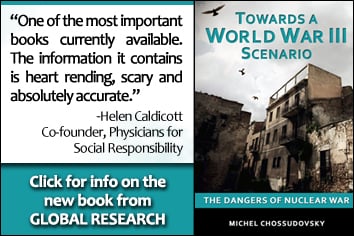 “
“














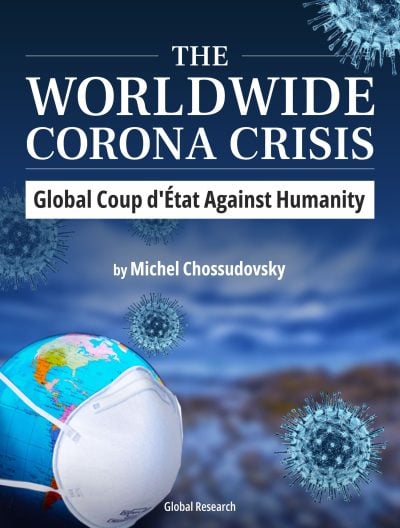 The Worldwide Corona Crisis, Global Coup d’Etat Against Humanity
The Worldwide Corona Crisis, Global Coup d’Etat Against Humanity




























